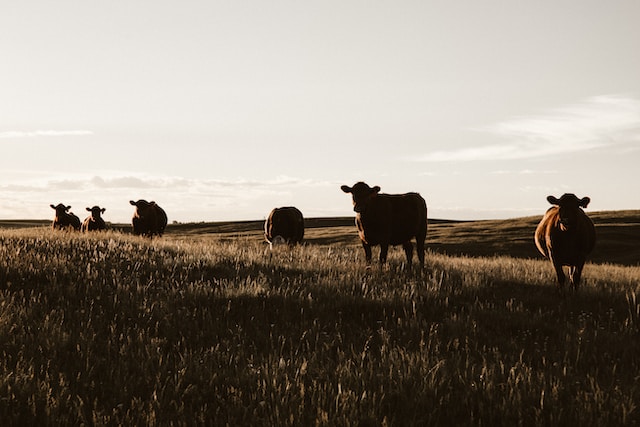Cattle breeding is a crucial process in the livestock industry. It involves selecting and mating cows and bulls to produce calves with desirable traits. The objective of cattle breeding is to increase the quality and productivity of the herd. However, it’s not as simple as it sounds. Many factors come into play, such as genetics, nutrition, environment, and management practices. In this blog, we’ll discuss the basics of cattle breeding and provide some tips for better results.
- Understand the Genetics of Cattle: Cattle inherit their traits from their parents, such as growth rate, muscle development, meat quality, and disease resistance. Therefore, it’s essential to know the lineage of the animals and their genetic potential. You can use tools such as DNA testing and pedigree analysis to evaluate genetic traits and determine which animals are suitable for breeding. It’s crucial to balance genetic improvement with maintaining diversity in the herd to avoid inbreeding and genetic defects.
- Select the Right Breeding Method: There are different methods of breeding cattle, such as artificial insemination (AI), natural breeding, and embryo transfer. Each method has its advantages and disadvantages, depending on your goals, resources, and preferences. For instance, AI can provide access to high-quality genetics and reduce the risk of spreading diseases, but it requires specialized equipment and skills. Natural breeding is a more economical and straightforward method, but it limits the selection of mating partners.
- Manage Nutrition and Health: Cattle breeding requires a sound nutritional and health program to ensure optimal performance and fertility. You should provide a balanced diet that meets the specific needs of each animal, such as protein, energy, minerals, and vitamins. You should also monitor the health status of the herd regularly and vaccinate them against common diseases. Any deficiencies or illnesses can affect the reproductive capabilities of the cattle and hinder breeding success.
- Create a Good Breeding Environment: Cows and bulls are social animals that require suitable living conditions and handling practices. You should create a comfortable and clean environment that provides adequate space, ventilation, and shelter. You should also handle the animals calmly and gently to reduce stress, which can negatively impact fertility. Additionally, you should have a breeding plan that considers the timing, frequency, and duration of mating to maximize conception rates.
- Evaluate and Improve: Cattle breeding is a continuous process that involves evaluating the results and improving the methods. You should keep records of the genetic traits, breeding methods, nutrition, health, and performance of the herd. This information can help you identify areas of improvement, such as selecting better mating partners or changing the feeding program. You can also seek advice from experts or attend workshops and events related to cattle breeding.
Cattle breeding is a significant investment in time, resources, and effort, but it can lead to substantial benefits in terms of the quality and productivity of the herd. By understanding the genetics of cattle, selecting the right breeding method, managing nutrition and health, creating a good breeding environment, and evaluating and improving the results, you can achieve better breeding outcomes. Remember that cattle breeding requires patience, dedication, and expertise, and it’s a never-ending learning process.

